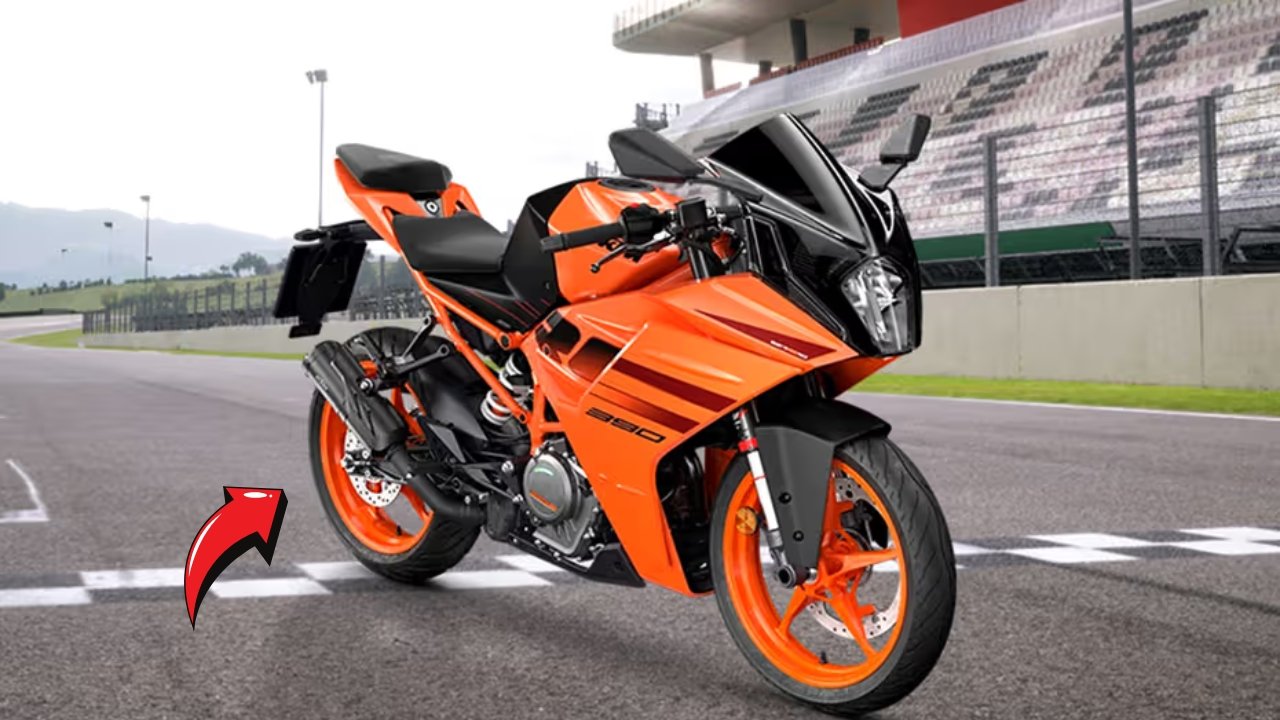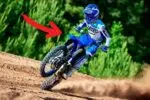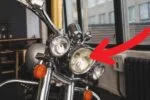There’s something truly liberating about hitting the open road on a bike—the wind in your face, the engine’s hum, and the thrill of adventure. Whether you’re commuting daily or heading out for weekend rides, your motorcycle is your trusted partner on the journey. But like any machine, it needs regular care and attention to keep performing at its best.
This beginner-friendly guide will walk you through the basics of motorcycle maintenance. By learning these essential tasks, you’ll not only increase the lifespan of your bike but also ensure a safer and smoother ride every time you head out.
Contents
- 1 🧰 Essential Tools and Must-Have Resources
- 2 ✅ Pre-Ride Safety Checks
- 3 🔧 Basic Maintenance Every Rider Should Know
- 4 🛠 Advanced Maintenance Tips
- 5 🛡️ Safety Tips Every Rider Must Follow
- 6 🛒 Bonus Tip: Check Out Indiandrives Store on Amazon
- 7 ❓ Frequently Asked Questions (FAQs)
- 7.1 Q1. How often should I clean and lubricate my bike chain?
- 7.2 Q2. What tyre pressure should I maintain?
- 7.3 Q3. When should I replace my brake pads?
- 7.4 Q4. Can I use car engine oil in my bike?
- 7.5 Q5. How do I know if my bike chain needs tension adjustment?
- 7.6 Q6. Is it okay to skip professional servicing if I maintain the bike myself?
- 8 🚀 Final Thoughts
🧰 Essential Tools and Must-Have Resources
Before diving into maintenance tasks, make sure you’re armed with the right tools and information:
1. Basic Toolkit
Invest in a quality toolkit that includes:
- Wrenches (both open-end and socket types)
- Screwdrivers (Phillips and flathead)
- Pliers
- Tyre levers
- Tyre pressure gauge
- Chain cleaning brush and tool
- Hand pump or air compressor Choose tools that are compatible with your specific bike’s components.
2. Owner’s Manual
Your bike’s manual is your first point of reference. It contains important information such as:
- Maintenance intervals
- Recommended lubricants and fluids
- Torque specifications
- Adjustment procedures
Always keep it handy for accurate, brand-specific instructions.
3. Online Learning Resources
The internet is a goldmine for tutorials and advice. Platforms like YouTube, Reddit biking communities, and bike-specific forums can be immensely helpful. Just be sure you’re getting advice from credible, experienced sources.
✅ Pre-Ride Safety Checks
Before you even start your engine, a quick pre-ride inspection can save you from unexpected trouble down the road.
🔍 Tyre Inspection
- Check air pressure using a tyre gauge.
- Inspect tread depth and sidewall condition.
- Look for punctures, cracks or uneven wear.
🔧 Brakes
- Squeeze the front and rear brake levers to ensure responsiveness.
- Inspect brake pads for wear and replace them if they’re too thin.
🔗 Chain Condition
- Look for rust, dry spots or sagging.
- Clean it regularly and apply chain lube.
- Ensure correct tension—not too tight or too loose.
💡 Lights and Indicators
- Make sure the headlight, tail light, brake light, and turn indicators are all working.
- Replace any blown bulbs immediately.
🛢 Fluid Levels
- Check engine oil, coolant (if your bike uses it), and brake fluid.
- Top up as necessary following the levels and types recommended in your manual.
🔧 Basic Maintenance Every Rider Should Know
Learning a few essential maintenance routines can go a long way in preventing breakdowns and expensive repairs.
🛠 Chain Cleaning and Lubrication
- Use a good chain degreaser to clean the chain.
- Apply a motorcycle-specific chain lube.
- Clean and lube every 500-700 km, or more often in dusty or wet conditions.
🛞 Tyre Maintenance and Repair
- Learn how to remove the wheel and replace an inner tube.
- Carry a puncture kit and portable pump while riding long distances.
- Practice tyre removal at home—it can save you hours on the roadside.
🛑 Brake Adjustments
- Learn how to adjust brake lever tension and replace pads.
- Always test brake performance after any adjustment.
🧴 Lubrication Points
- Cables (clutch, throttle), levers, and foot peg pivots all need lubrication.
- Use the correct lubricant as recommended by your bike manufacturer.
🛠 Advanced Maintenance Tips
As you grow more confident, gradually take on more complex tasks.
🧰 Schedule Regular Servicing
While DIY maintenance is great, periodic professional servicing is essential. Experts can check things like:
- Valve clearance
- Suspension tuning
- Electrical diagnostics
🧏 Listen to Your Machine
Unusual sounds or performance issues like jerky acceleration or decreased fuel efficiency often indicate a problem. Addressing these early can prevent bigger issues.
🛡 Use Genuine, High-Quality Parts
Whenever parts need replacement, avoid cheap alternatives. Invest in trusted brands or OEM (Original Equipment Manufacturer) parts for durability and safety.
📚 Keep Learning
Enroll in basic motorcycle maintenance workshops if available locally. Hands-on learning can boost your confidence.
🛡️ Safety Tips Every Rider Must Follow
Even with perfect bike maintenance, safety gear and responsible riding are non-negotiable.
- Wear proper gear: Always wear a helmet, gloves, riding jacket, and boots.
- Know your limits: Don’t push beyond your skill level, especially on unfamiliar roads.
- Follow traffic rules: Respect speed limits, signals, and other vehicles.
- Make inspection a habit: Always do a quick check before every ride.
🛒 Bonus Tip: Check Out Indiandrives Store on Amazon
Looking for quality tools, lubricants, and riding gear? Explore the Indiandrives Store on Amazon for well-reviewed biking essentials that cater to both beginner and pro riders.
❓ Frequently Asked Questions (FAQs)
Q1. How often should I clean and lubricate my bike chain?
Answer: Ideally, every 500–700 km or after riding in rain or dusty conditions. A well-maintained chain ensures smooth transmission and longer chain life.
Q2. What tyre pressure should I maintain?
Answer: It varies by bike model and whether you’re riding solo or with a pillion. Refer to your owner’s manual for the recommended PSI levels.
Q3. When should I replace my brake pads?
Answer: Replace them when the thickness drops below 2–3 mm or if you hear a squealing noise. Regular inspections can help avoid sudden brake failure.
Q4. Can I use car engine oil in my bike?
Answer: No. Motorcycles require oils specifically formulated for wet clutch systems and higher RPMs. Always use the type recommended in your bike’s manual.
Q5. How do I know if my bike chain needs tension adjustment?
Answer: If the chain is making noise, slipping, or sagging more than 1.5 inches up and down, it likely needs tensioning. Use the adjusters provided near the rear wheel.
Q6. Is it okay to skip professional servicing if I maintain the bike myself?
Answer: While basic tasks can be done at home, certain checks like valve adjustments, engine tuning, and diagnostic tests require expert equipment and training. Don’t skip scheduled professional services.
🚀 Final Thoughts
Taking care of your motorcycle doesn’t have to be intimidating. With some basic knowledge, the right tools, and a little patience, you can keep your bike in excellent condition and avoid most common issues. Remember, maintaining your bike is not just about performance—it’s also about safety.
So, gear up, check your ride, and enjoy every journey with peace of mind. Happy riding and stay safe!




